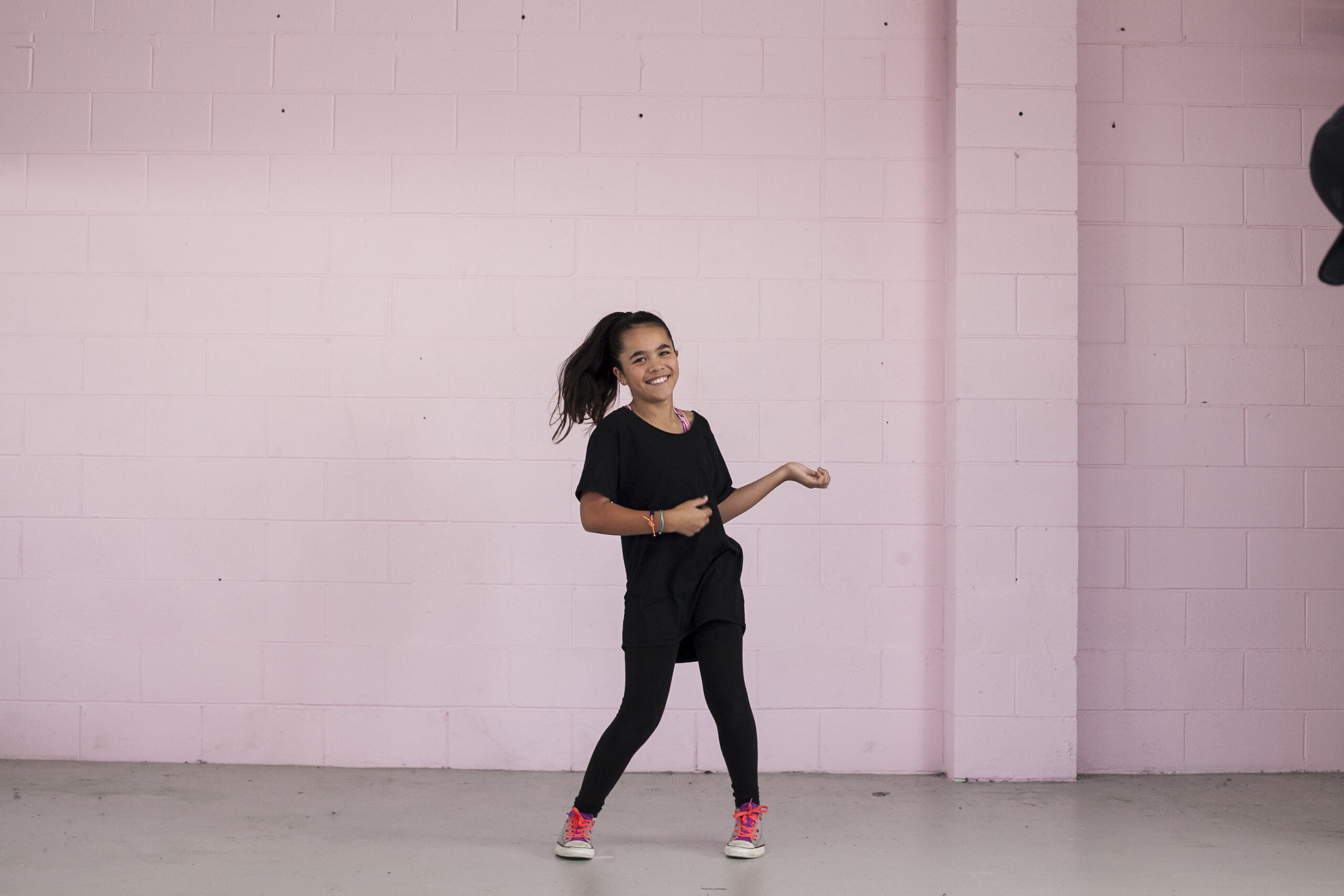Hip Hop Communication: How Dance Classes Improve Children’s Verbal and Non-Verbal Skills

Rhythms That Speak Louder Than Words
Unlocking Creative Expression
Hip hop dance is a unique and expressive art form that encourages children to think outside the box. It teaches them that creativity has no boundaries. By learning to tell stories through their movements, children also discover how to use their imagination to craft narratives and communicate complex emotions. This newfound ability to express themselves creatively can be a game-changer in their verbal and non-verbal communication skills.
The Language Of Movement
In hip hop, every move is like a word in a sentence. Children learn to string these movements together to create narratives, just as they would with words in a conversation. This approach helps them grasp the concept of sequencing and organisation, which is a valuable skill when it comes to storytelling and effective communication. They learn that their bodies can convey meaning just as powerfully as words.
Breaking Down Barriers
The hip hop dance community often emphasises inclusivity and diversity. In a dance class, children from various backgrounds come together, creating a rich tapestry of experiences and perspectives. This fosters an environment where non-verbal communication, through movement and gestures, becomes the common language that binds them. In this inclusive atmosphere, children learn to communicate without the need for words, transcending language barriers and biases.
Building Confidence and Self-Esteem
Through hip hop dance, children are encouraged to step out of their comfort zones. As they learn to express themselves physically, they develop confidence and self-esteem. This newfound self-assuredness translates into better verbal communication skills. Confident children are more likely to engage in conversations, voice their thoughts, and connect with others.
Enhancing Social Skills
Collaborative dances, such as partner or group routines, are an integral part of hip hop culture. These routines require close coordination and synchronisation, fostering teamwork, empathy, and social skills. Children learn to communicate non-verbally through eye contact, gestures, and body language, further enhancing their ability to connect with others.
Body Language Mastery
Understanding and mastering non-verbal cues, such as body language and facial expressions, is a significant component of effective communication. Hip hop dance teaches children to convey emotions and stories through their bodies, leading to an improved understanding of the subtleties of body language, which can greatly benefit their interactions in everyday life.
In conclusion, hip hop dance classes offer far more than just dance moves and music; they provide a platform for children to develop their verbal and non-verbal communication skills. The power of hip hop lies not only in its ability to help children express themselves creatively but also in its capacity to foster confidence, empathy, and an acute awareness of the importance of both verbal and non-verbal communication. Through the art of hip hop, children learn to speak with their bodies, creating narratives that transcend the limitations of words and leaving a lasting impact on their lives.
